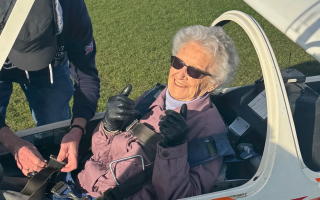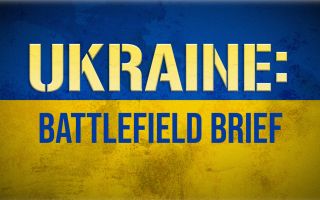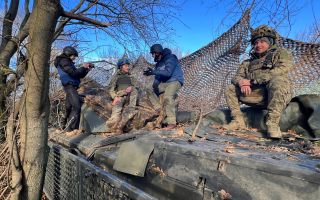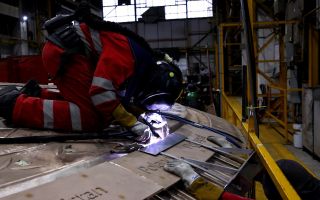
How the names of RAF aircraft are chosen

The Royal Air Force has never had set aircraft naming rules.
They have for the most part accepted the names selected by the manufacturers, although these needed to be formally approved by the Air Ministry – until 1964 – or by the Ministry of Defence (MOD) nowadays.
In 1918, the Ministry of Munitions created a "unified naming system", a set of conventions where the scheme would create classes of names related to the role.
- A true alliance: The RAF pilot who rescued two German soldiers in the face of the Taliban
- Retired fighter pilot Killer Chick inspires future generations of female pilots with extraordinary story of heroism
- Gloster Meteor at 80: How Britain's first jet fighter is still playing a vital role today
In this system, each aircraft would receive a name and sometimes a role prefix and a mark number.
Typically, the names were then further divided by size and by whether they were land or sea-based.
For example, fighter aircraft were to be animals, plants or minerals.
Ever heard of the Sopwith Camel, the Gloster Meteor or the Hawker Demon?
Bomber aircraft were to have geographical names, such as the Lancaster, the Hudson, the Bristol Beaufort and the Boston Bomber.
It is an easier association for heavy-lift aircraft, which tend to have names associated with strength.
Long-distance transport aircraft have travel-related names (e.g. Globemaster, Voyager) and Intelligence, Surveillance, Target Acquisition and Reconnaissance (ISTAR) aircraft have names associated with watching (e.g. Sentry, Sentinel).
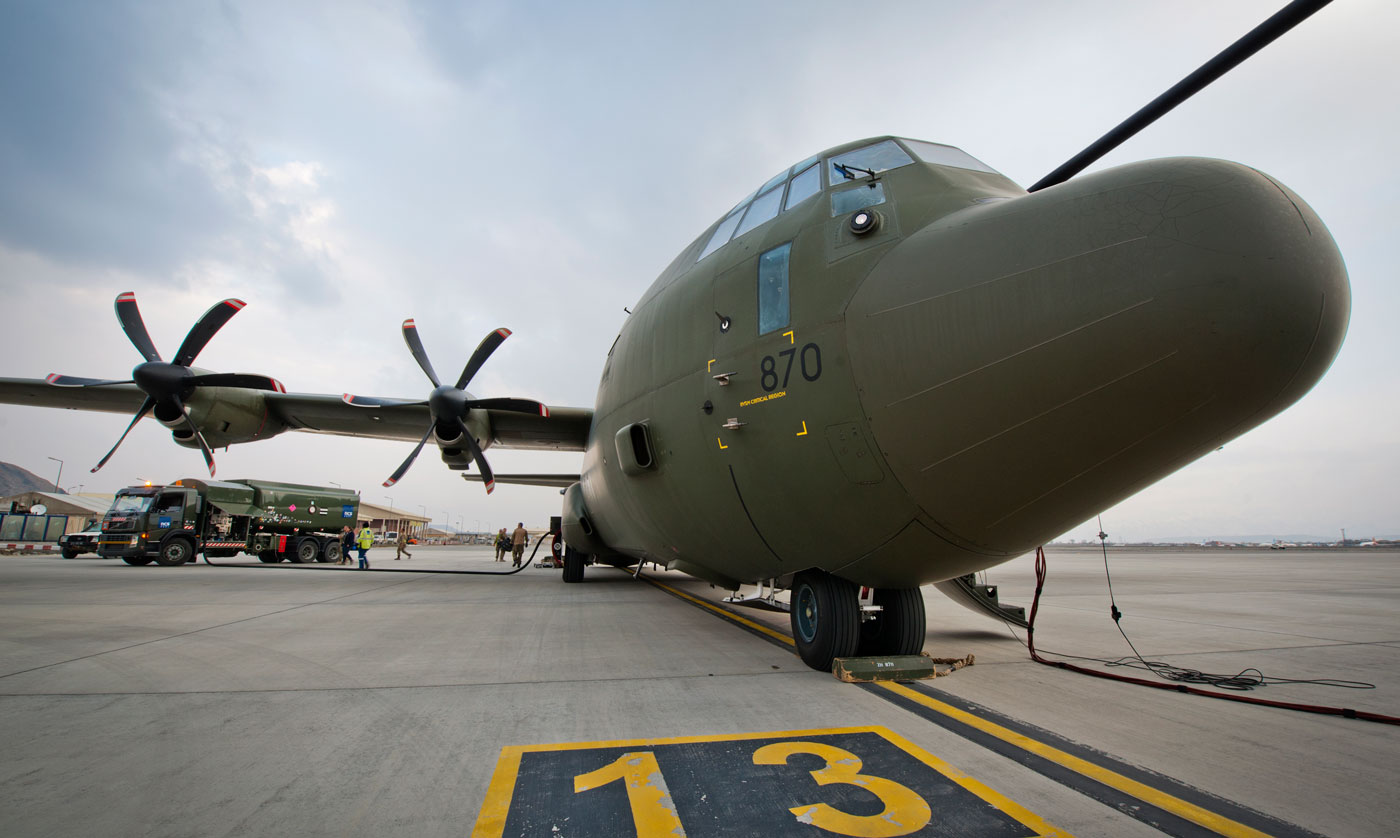
However, there are also many heavy-lift or ISTAR aircraft that do not receive such names and simply go by the manufacturer's designation.
Stuart Hadaway, historical author and spokesman for the MOD's Air Historical Branch, explained the logic behind it: "In the 1930s, the convention was to give RAF fighter aircraft aggressive names – Fury, Gauntlet, Gladiator, Defiant, Spitfire.
"With the entry into service of the Hawker Hurricane in 1937 this trend was extended to include violent winds and storms.
"The Westland Whirlwind later followed this convention, as did other Hawker aircraft in the form of the Typhoon and Tempest and the Tornado – although the Tornado did not get past the prototype stage.
"The RAF also gave similarly themed names to several American aircraft when we took them into service, such as the Lockheed P-38 Lightning and the Republic P-47 Thunderbolt.
"Again, though, there were exceptions, such as the North American P-51 Mustang or De Havilland Mosquito."
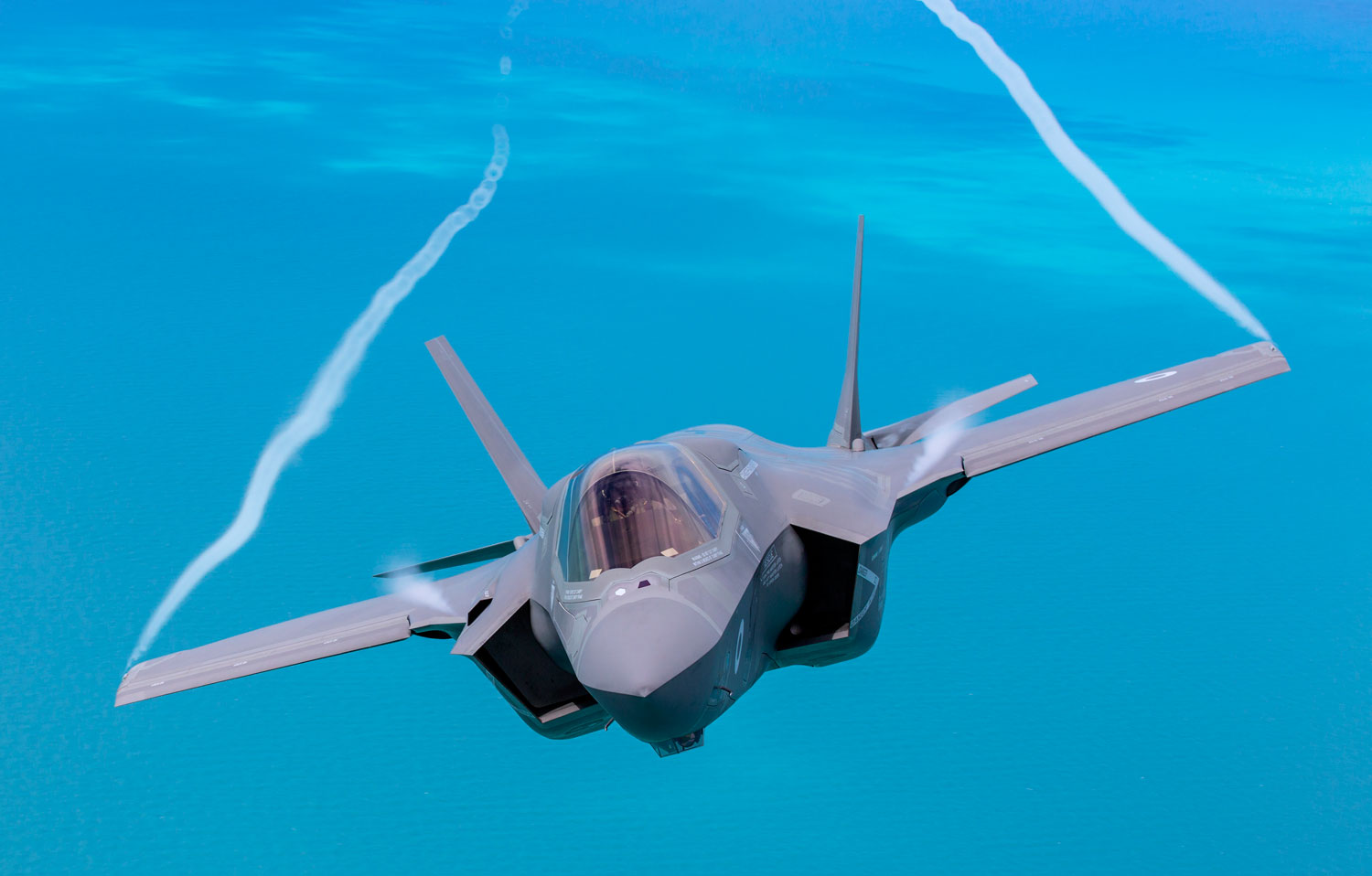
"During the post-war period, the trend continued with the English Electric Lightning and Panavia Tornado, although it was not held too rigorously.
"In fact, with aircraft such as the Gloster Meteor, De Havilland Vampire, Supermarine Swift and Hawker Hunter there were more exceptions to the convention that there were aircraft that accepted it.
"The current trend is to hark back to the classic and iconic aircraft of the 1940s to 1970s, with the modern fighter force being named in homage to the Hawker Typhoon, English Electric Lightning and Hawker Tempest."
What does the future hold?
Last month a concept for the next generation of fighter jet was unveiled.
Named 'Tempest', it is part of a project where more than £2 billion will be invested.




